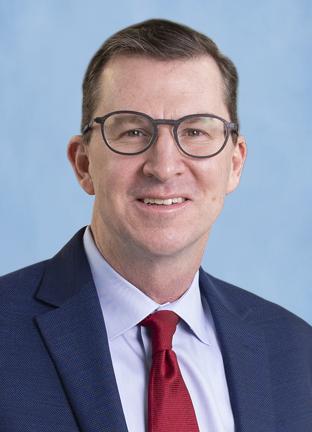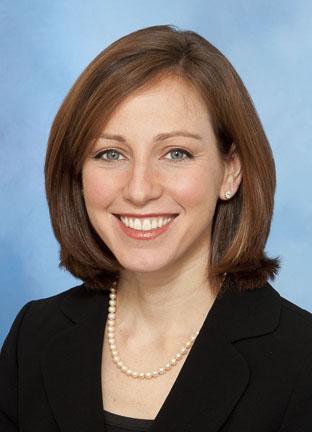In 2011, the Centers for Disease Control and Prevention, or CDC, declared the misuse, addiction and overdose of opioids a national epidemic. Prescription pain medication overdose kills 78 Americans a day, and experts agree that increases in prescribing have largely contributed to the problem.
The vast majority of people who become dependent on prescription opioids receive their first dose following surgical care, and surgeons prescribe nearly 40 percent of all outpatient opioid medications. It is estimated that the risk of becoming a new opioid user after even minor surgeries is about 5 percent and may be higher in some cases. With 53 million surgeries performed annually in the U.S., there's a potential for 2.5 million new chronic opioid users to emerge every year.
“We have few guidelines to direct postoperative prescribing, and we frequently overprescribe opioids because we are not sure how much our patients will need following surgery,” says Jennifer Waljee, M.D., assistant professor of plastic and reconstructive surgery. “The challenges in finding appropriate ways to dispose of opioids only compound the problem.”
Waljee, Chad Brummett, M.D., associate professor of pain medicine, and Mike Englesbe, M.D., associate professor of surgery in the Section of Transplantation Surgery, have launched an initiative to curb these numbers.
The Michigan Opioid Prescribing Engagement Network, or Michigan-OPEN (michigan-open.org), aims to reduce excess opioid prescribing, post-operative use and unintended opioid diversion into local communities. The project is in its early phases, with researchers gathering information about how much opioid pain medication patients are traditionally prescribed after surgery and how much they actually use.
“We’re finding that patients are typically prescribed far more than they actually use,” says Ryan Howard, a U-M medical student working on the program. “For example, after laparoscopic cholecystectomy, the median prescription size over the past two years has been 50 hydrocodone (Norco), however half of patients use five pills or less.”
Howard says that most patients the team has surveyed do not dispose of their leftover medication, which directly contributes to the current opioid epidemic in the community. To address this, the team is in the process of conducting a pilot quality improvement project composed of three elements: better prescribing guidelines to reduce the excess; better patient education; and providing patients with a map of opioid disposal sites near their home and encouraging disposal. This has involved partnering with U-M’s pre-operative clinics, post-operative nursing staff and the residents writing the prescriptions. The pilot will target patients undergoing laparoscopic cholecystectomy with the hope that, if successful, it can be expanded to many other procedures. The team hopes to describe a standard for appropriate postoperative prescribing for as many surgical procedures as possible.
In the meantime, U-M anesthesiology and surgery faculty have been partnering with local law enforcement to host pill recovery drives. Opioids are infamously difficult to dispose of — hospitals and pharmacies won’t take them back, and most people are unaware that the Sheriff’s Office is the only place in Washtenaw County that will. A recent pill recovery brought in 117 pounds of expired or unused medications, totaling more than 150,000 mg oral morphine equivalents (OME).
The team is also in discussions to partner with Michigan’s robust network of Continuous Quality Improvement programs funded by Blue Cross Blue Shield of Michigan. The Michigan Surgical Quality Collaborative, for example, includes the 73 Michigan hospitals that perform major inpatient general and vascular surgery procedures. This network of relationships and data infrastructure offers a unique platform for gathering information about post-operative opioid use, which is difficult for surgical teams to track after patients leave the hospital, as well as for implementing new initiatives for creating change on a statewide scale.
“The opioid epidemic is a pervasive problem that impacts so many patients and families,” Englesbe says. “And we’re willing to team up with anyone who will help us help solve the problem.”
By Allison Wilson

Michael J. Englesbe, MD, FACS


